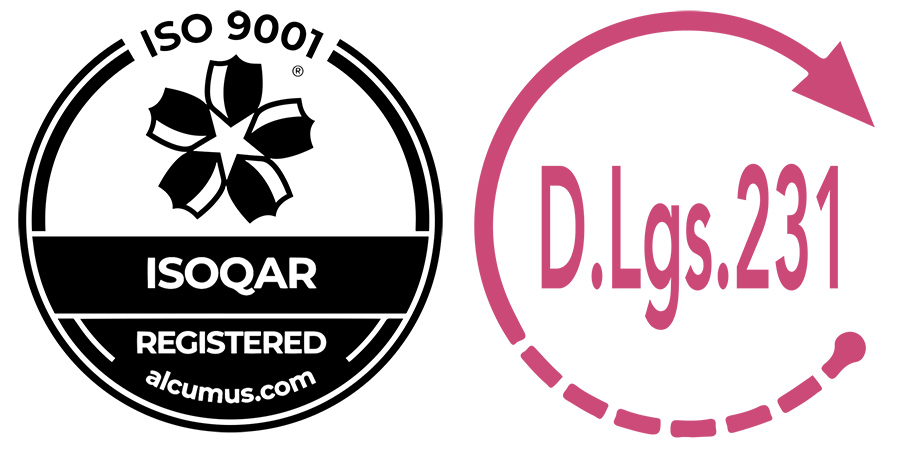Advertising that uses “flashes of the crowd”: advantages and risks of Flash mobs
Literally it’s a “flash of the crowd”: but how does Flash Mob come about and what are its strategic potentials?
There are terms that, unknown until a few years ago, have now entered the common language: they often have to do with the world of information technology and social networks (status, tweets, boards) but also from the world of marketing (think of in store promotion, sampling, guerrilla) that does not hesitate to appropriate spontaneous social phenomena born “from below” to use them when they present characters of innovation and incisiveness, in the same way that fashion is inspired by street style.
The Flash mob is part of these new linguistic inventions: with this word, in fact, we mean a spontaneous gathering of many people, usually in a public place, with the common purpose of putting into practice an unusual action to the context in which it occurs. These people generally meet through social networks, where they share instructions for the success of the coordinated action, and then communicate the event by posting the video in their profiles.
From a social phenomenon, therefore, Flash Mob has now become a marketing tool used by companies that want to increase the visibility of a brand through advertising activities with minimal costs, thus making it part of the wide range of actions of guerrilla marketing.
Flash Mob has not stopped here: from a playful element, or advertising communication tool, it has become the spokesperson for many protests or political movements that wanted to draw attention to issues of public importance, and in this case the sociologists have called it smart mob.
The problem now arises when these types of actions end up being perceived as unusual and are structured, just like traditional advertising tools: one wonders what are the risks that a brand could undertake, using an advertising technique that, although still unorthodox, is already known by the general public.
In addition to the logistical risks inherent in the organization of the event, which must take place in a few seconds, and the necessary coordination of all the people involved and those who film the flashmob, the really necessary element is, like any advertising tool, the originality: to know how to involve the public present and provide interesting material for the web.
If a few years ago seemed really innovative, the so-called freeze flash-mobs where the public remained motionless at the stroke of a certain hour for a few seconds, or the silent raves, during which people stopped and began to dance with their music in the headphones, now if a brand wants to communicate an identity “alternative” and young must certainly propose something more innovative, so as to attract attention to trigger the mechanisms of viral marketing.
To have an example of how to communicate in a truly original way your brand, remains masterful the case history of Tic Tac France, created by the agency Ogilvy & Mather, which combines the innovative element of the flash mob to the much better known one of the candid camera:
In short, you can use this “innovative” tool considering that you now need to insert something more to be able to make the most of its potential, considering that its success does not depend on how many people attend the event, but on how many will share the images and video of the same.
The success of these promotional initiatives is, in fact, such as to allow many communication agencies are specializing in the design, from the creative point of view but also logistical, of these “flashes of crowd”: Hostess & Promoter has also participated in many of these initiatives, supporting the recruitment of the public, logistics and the request for permits needed to implement the event.


